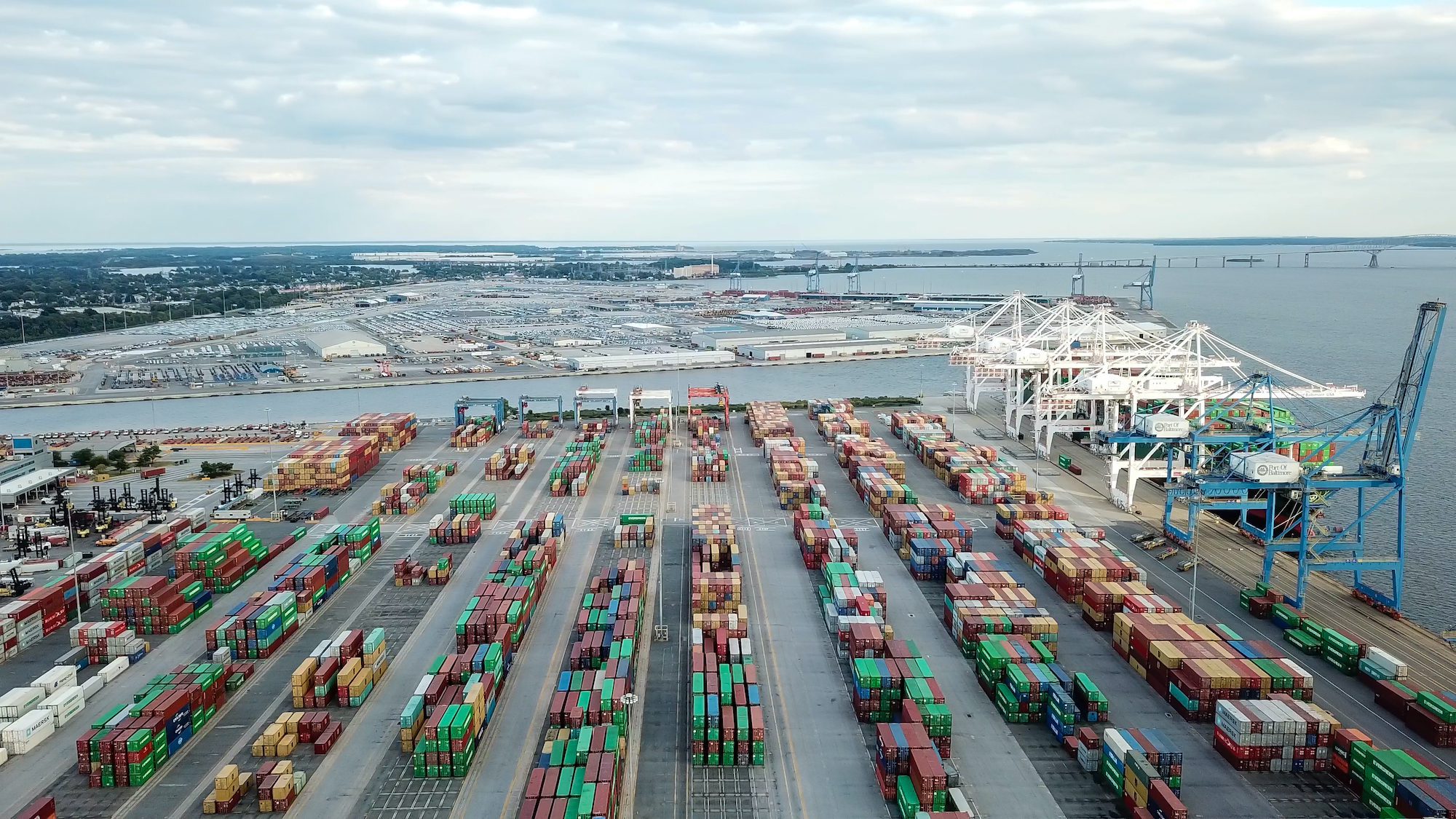Olin Expert: Key Bridge collapse’s immediate, long-term supply chain impact
- March 27, 2024
- By Sara Savat
- 2 minute read

The devastating collapse of the Francis Scott Key Bridge in Baltimore will add another wrinkle to recent global supply chain troubles.
That is according to Panos Kouvelis, the Emerson Distinguished Professor of Supply Chain, Operations and Technology at WashU Olin.
“In recent years, the life of supply chain and logistics managers has been fraught on an almost daily basis by news of unexpected incidents that create disruptions, increase supply chain risks and require immediate and expensive mitigating actions,” said Kouvelis, who also serves as director of The Boeing Center for Supply Chain Innovation at Olin.
This is an excerpted version of a more detailed story published here on The Source, Washington University's news hub. Click to read more.
In the U.S., these global events have had the biggest impact on eastern ports. The temporary loss of the Baltimore port — one of the top 10 U.S. ports in trade volume — is another wrinkle for supply chain managers to think about, Kouvelis said.

According to Kouvelis, the Baltimore port is extremely important for certain “roll-on/roll-off” products — commonly referred to as “ro-ro” loads — that include autos, trucks, tractors and wheeled cranes, as well as farm and construction equipment. On the commodity side, coal, liquefied natural gas, coffee and sugar frequent it as either imports or, most frequently, exports, he said.
The timing of the March 26 disaster — right before the Easter weekend and a busy spring and summer season — will result in immediate rerouting actions that will have shipments going to New York, New Jersey and Norfolk, Va., ports. In the short term, Kouvelis said the extra volume at these eastern ports will be manageable. However, this event could be a catalyst for western ports to attract new loads.
“While the first few weeks these other eastern ports might be the recipients in shipping companies’ rerouting of loads, the western ports are ramping up their operations and are trying to attract more shipping volume,” Kouvelis said.
“For some products, these western destinations might end up being more attractive — in particular if they are coming from the Pacific, have mostly commodity loads and they have used Panama Canal to cross to the Atlantic side.”
Watch Kouvelis explain the impact of the Francis Scott Key Bridge collapse on local and national supply chains in a video interview with the Wall Street Journal.
Contact Us
For assistance in finding faculty experts, please contact Washington University Public Affairs.
Monday–Friday, 8:30 to 5 p.m.
Sara Savat, Senior News Director, Business and Social Sciences
314-935-9615
sara.savat@wustl.edu
Kurt Greenbaum,
Communications Director
314-935-7196
kgreenbaum@wustl.edu
